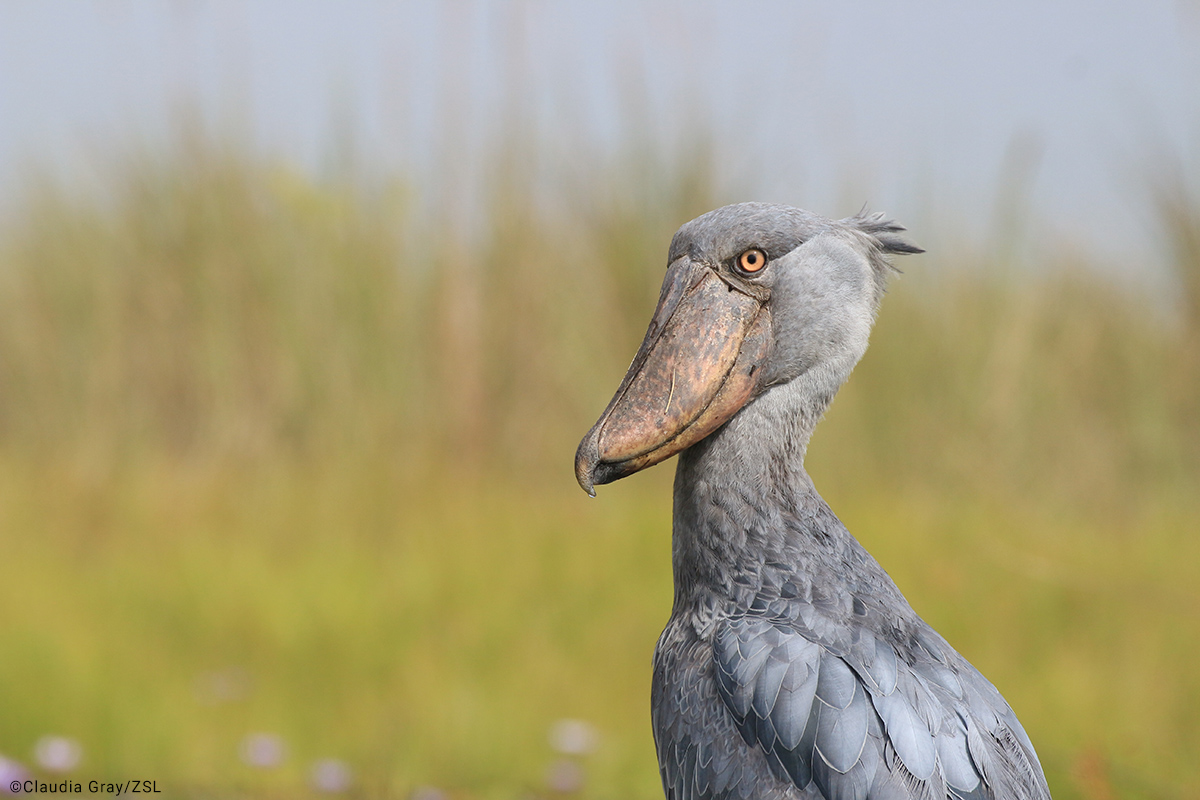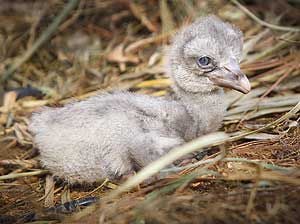
During the breeding season, such birds are super territorial and they will defend the nest against any predators that appear. They do have territories, which are around 3 km in length. Shoebill storks are known to be solitary breeders. The adults will greet each other, but even chicks will do it as well. These birds are mostly silent, but they do perform bill clattering and use it as a form of communication. These birds are soaring on thermals, and they are docile with humans. They don’t migrate either, if there’s enough food in the region, they will stay there for years. The breeding pairs even forage separate to one another. You won’t find shoebill bird in any group, that happens only when the food is in very short supply. So yes, they are mostly carnivorous and they eat a variety of different animals residing in their habitat. They are also known for eating carrion, mollusks, turtles, monitor lizards and even frogs.

DietĪ shoebill stork will eat anything from bichirs to lungfish, water snakes, tilapia, catfish and so on. They can also be close to marine or saltwater habitats, as long as they have access to everything they need. Since fish here need to come to the surface more often, it’s easy to see why birds like the shoebill stork will gravitate towards such an area. It’s also possible to find the shoebill stork where there are things like poorly oxygenated water. You will find these in areas of flood plain that also have reedbeds and undisturbed papyruses. When it comes to the type of habitat they like, the shoebill stork will usually choose dense marshes and freshwater swamps. One thing to note about the shoebill stork habitat is the fact that it normally lives where you can find lungfish and papyrus. There are some smaller shoebill stork populations that live in Rwanda and the eastern part of Zaire. Most of the populations are indigenous to southern Sudan, northern Ugandan wetlands as well as the Bangweulu swamp. You can find the shoebill stork in Africa, more specifically the East-Central part of Africa. That helps the bird move faster, and it’s making it different in a variety of ways. Unlike other birds, however, the shoebill stork doesn’t have any webbing in between the legs. As you can see from its looks, the shoebill stork comes with very long, black-ish legs.

One thing to consider about the shoebill stork is the fact that the eyes are grayish-white or even yellow in color. That helps the bird catch fish with ease and eat it without a problem. Another thing to consider here is that the shoebill stork mandible has a very sharp edge. The bill color is yellow, but in many cases it does have some blotchy dark spots. On top of that, it has a curved, sharp hook towards the end. The shoebill stork bill is their prominent feature and it’s very similar to a wooden shoe. That crest is covered, and the juveniles tend to have a darker shade most of the time. This will sometimes appear in the form of a crest. When you see the shoebill bird, you will notice some tuft of feathers on the back of their head. When it comes to their underparts, they have light touches of gray, which is something to take into consideration. Their primaries are black-tipped, while their secondary comes with a green tint. Another thing to consider when it comes to the shoebill stork is the fact that it has a blue-gray, slaty plumage.

Males are usually taller than females and they will also have a much longer bill. Most of the time it will be anywhere from 110 to 140 cm in height. The shoebill stork is amongst the largest birds in the world.


 0 kommentar(er)
0 kommentar(er)
